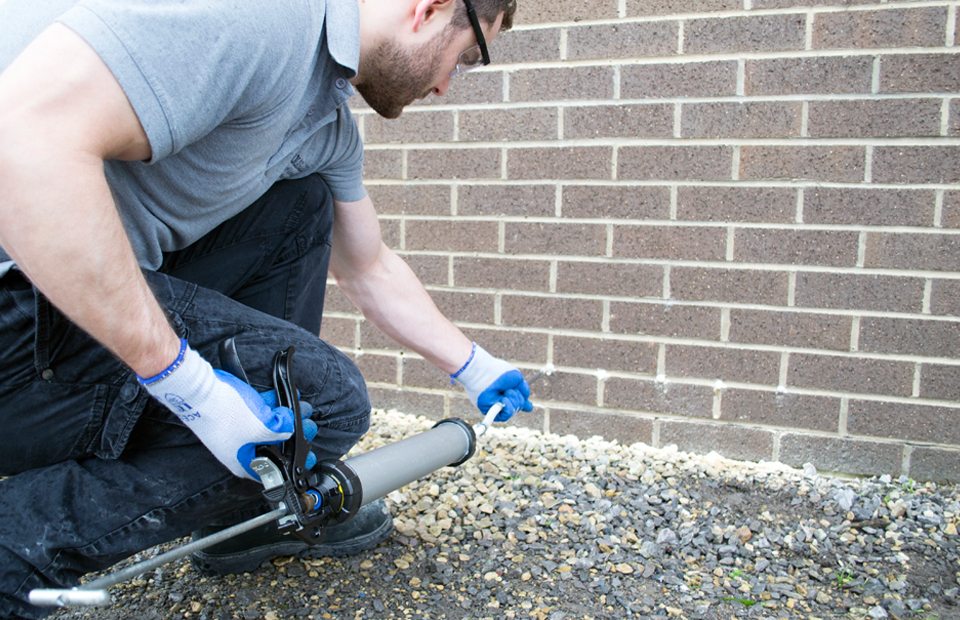Before getting into the rising damp treatment at your home, we advise you to diagnose first whether the damp on your wall is actually a rising damp or not. This is something like consulting a doctor before taking the medicine. Such a step essentially goes many miles in your favour without saying.
What is a rising damp?
Damps that are found at the bottom of the walls or the floors are assumed as the rising damp though they may not necessarily fall into that category. To our observation, damps that are unevenly distributed on the walls and floors and usually rise more than 1 metre from the start point are not the rising damp.
Rising damp – an overview:
A rising damp can be the aftermath effects of a couple of factors such as the capillary action of the bricks and stones of the wall. Alternatively, the damp protection cover (DPC) on the outer side of your wall may have perforations/damages that allow the water to pass through the pores. However, the damp of your neighbour’s house too can contribute to the rising damp on your wall especially when your DPC is lower than theirs.
Again, a rising damp can be common in the old houses due to aging. In short, the rising damp is the result of the cumulative factors that erodes the longevity of your walls at home, office, and the factory establishments. On the flip side, the walls and the floors, for instance, fall victims to the growth and spread of the insects due to the damp condition. The overall hygiene of your house vanishes soon. You and your loved ones, therefore, become vulnerable to the diseases.
How to go about the rising damp treatment?
You can either try to do the treatment on your own or can take help from an expert. Unless you know the actual reason of the rising damp, you will not be able to control it with the treatments and repair.
As such, prioritise the fact-finding process on the rising damp. But, it is safer to call the people who know the job well. In the process, you will effectively save your time and money. On the contrary, your house will be saved from the long-run damages like salt line formation, fluffy and fragile deposits on the surface of the wall.
Though there is no sacrosanct rule/process on the rising damp treatment, the spread of the rising damp will be different from a building to the other. However, the elementary steps here can be as follows.
- Identify the actual reason of the rising damp.
- Free up the damp area from any bad element such as the debris that can potentially hold water in it.
- Remove paint and plaster of the affected area and let the area dry up in the open air.
- Apply anti-corrosion solutions that obstruct water to pass through.
- Plaster the wall/floor afresh and then paint.
You may, however have a different set of preferences for the rising damp treatment at your house.
